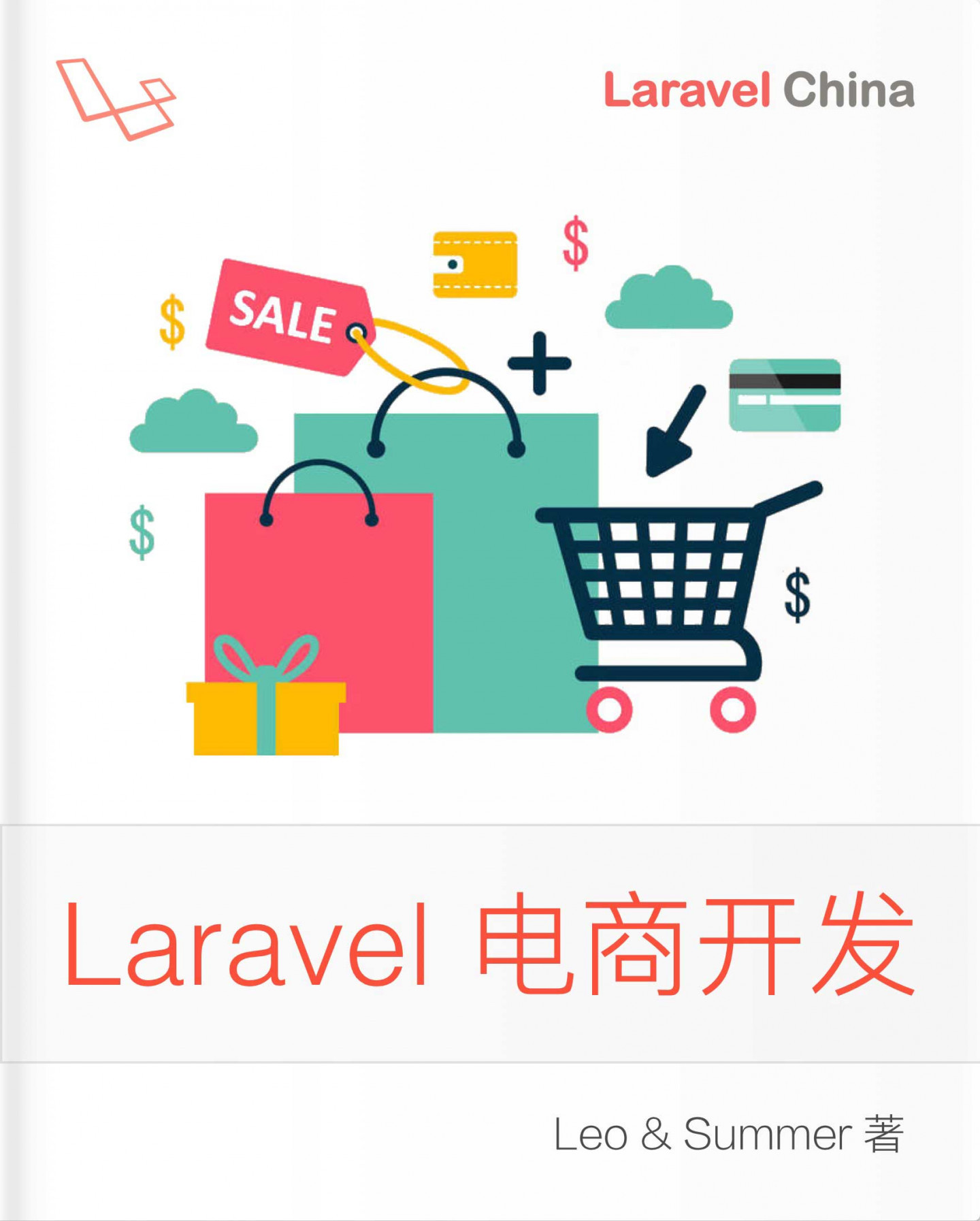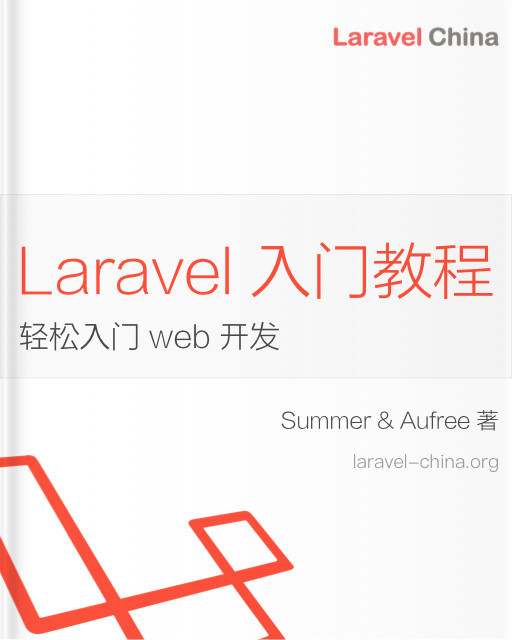模型关联
文档尚未来得及翻译,欢迎以改进的方式提交译文。
Relationship Columns
- Introduction
- Setting Up the Eloquent Relationship
- Simple Select
- More Complex Selects
- Nested Relationships
Introduction
Note: This article is just about relationship columns. For a more in-depth look at all column options, check out the columns docs
In any moderately complex database, a table might have columns that represent an ID on another table. Most of the time it's fairly useless to display this ID to an admin user because numbers mean more to a computer than to a human. Alternatively, a relationship may not be represented on a model's table at all, but instead on a pivot table that connects two tables, or as a column on another model's table.
If you want to display related columns, you can provide a relationship option. The value of this option has to be the name of the Eloquent relationshp on your model. In addition to this, you need to provide a select option that Administrator will use to grab values from the relationship table.
Setting Up the Eloquent Relationship
The Eloquent relationship should be set up normally using the relationship method. This would look something like this:
class User extends Eloquent {
public function phone()
{
return $this->hasOne('Phone');
}
}In this case, the relationship "name" that we will want to reference is phone (the name of the method). Another example might look like:
class Director extends Eloquent {
public function films()
{
return $this->belongsToMany('Film');
}
}In this case, the relationship "name" that we will want to reference is films.
Administrator will respect any conditional filters you have on your relationships. This is especially relevant for hasMany or belongsToMany relationships. For example, if you set up your relationship like this:
public function alerts()
{
return $this->hasMany('Alert')->whereNotified(false); //only gets unnotified alerts
}And you use a select to count the number of alerts, it will only count those where the notified column is 0.
Simple Select
A simple select statement would be used when the data that you're joining is necessarily just one row long. This happens when the relationship is defined as a belongsTo or hasOne relationship. So let's pretend that you have a hats table represented by the Hat model. Each hat is owned by a single User, so there is a user_id column on the hats table. If you are displaying the Hat model in Administrator, you could display the hat's owner's email address in a column by doing this:
'user_email' => array(
'title' => "Owner's Email",
'relationship' => 'user', //this is the name of the Eloquent relationship method!
'select' => "(:table).email",
)If you want to display the user's first and last name, you could do this:
'user_name' => array(
'title' => "Owner's Name",
'relationship' => 'user', //this is the name of the Eloquent relationship method!
'select' => "CONCAT((:table).first_name, ' ', (:table).last_name)",
)More Complex Selects
If want to show data from a hasMany or belongsToMany relationship, you may want to provide a grouping function in your select statement. If you have a Director model and you want to count the number of films he's been involved in, you could do something like this:
'num_films' => array(
'title' => '# Films',
'relationship' => 'films', //this is the name of the Eloquent relationship method!
'select' => "COUNT((:table).id)",
)If you are in your Film model and you want to show a formatted total of all the box office revenue, you could do this:
'box_office' => array(
'title' => 'Box Office',
'relationship' => 'boxOffice', //this is the name of the Eloquent relationship method!
'select' => "CONCAT('$', FORMAT(SUM((:table).revenue), 2))",
)As long as you provide a valid SQL SELECT statement into the select option, you have a lot of power to display your columns however you like.
Nested Relationships
Sometimes you might want to display a column value of a distantly-related model. In particular, when you have a series of belongsTo relationships. Imagine, for example, that you have a cart table. On it you have inventory_id, which points to the inventory table. The inventory table has product_id, which points to the products table. Your models migth look like:
Cart Model
public function inventory()
{
return $this->belongsTo('Inventory');
}Inventory Model
public function product()
{
return $this->belongsTo('Product');
}Each product has a name and we want to select it for rows in our cart admin. In order to do this, you can use the dot syntax that Eloquent uses when eager loading nested re....
'product_name' => array(
'title' => 'Product Name',
'relationship' => 'inventory.product',
'select' => '(:table).name', //would select products.name
)There is no limit to this nesting, so if you wanted to get the product's category name, you could do:
'category_name' => array(
'title' => 'Category Name',
'relationship' => 'inventory.product.category',
'select' => '(:table).name', //would select categories.name
)
 Administrator 开发文档
Administrator 开发文档



 关于 LearnKu
关于 LearnKu




推荐文章: